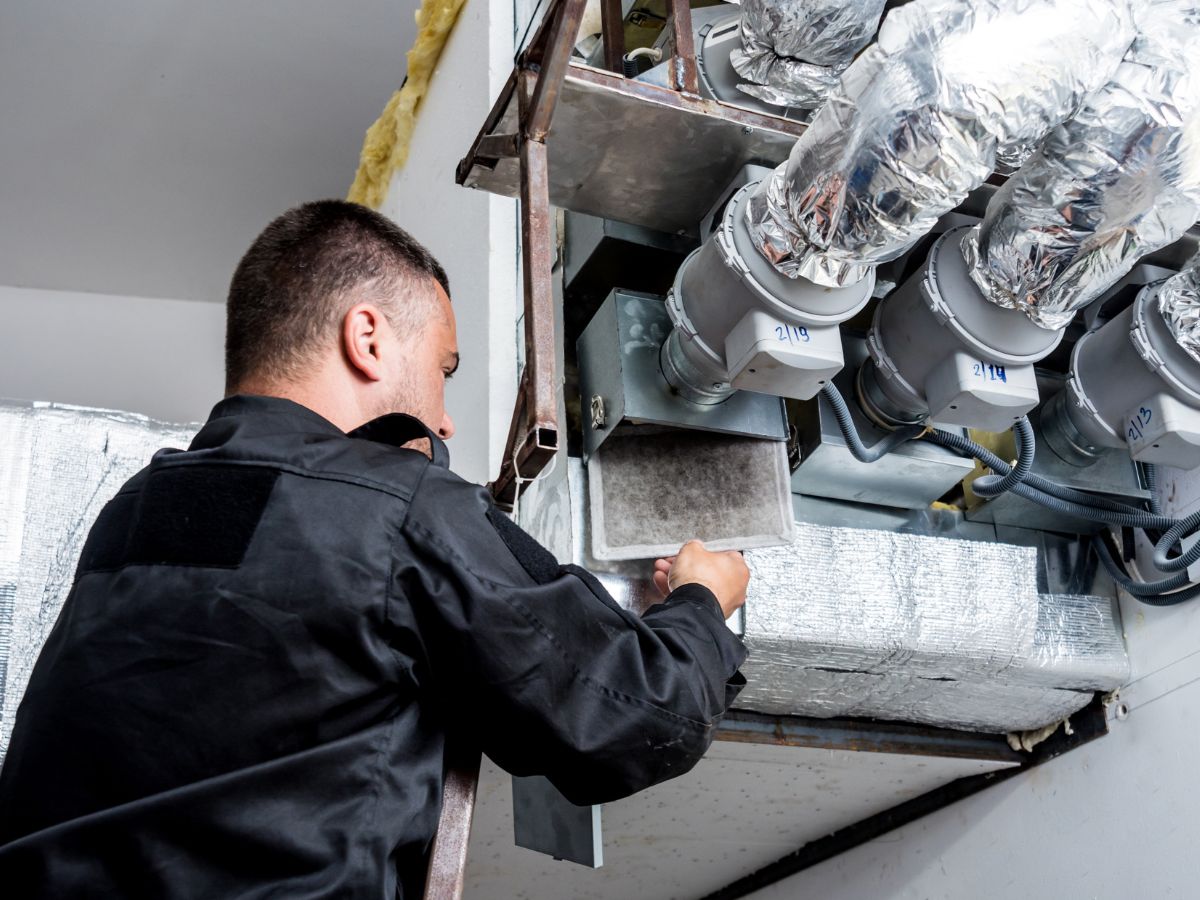
Key Takeaways
- Regular duct cleaning is essential for maintaining indoor air quality and HVAC efficiency.
- Visual inspections are the first step to determine if duct cleaning is necessary.
- Source removal is the most effective duct cleaning method, involving mechanical agitation and HEPA vacuuming.
- Professional duct cleaning should follow a meticulous step-by-step process to ensure thoroughness.
- Post-cleaning evaluations and preventive measures are crucial for long-term duct maintenance.
The Bare Basics of Duct Hygiene
Let’s get straight to the point: your ducts are the lungs of your building. Just like you wouldn’t want your lungs filled with dust, your ducts need to be clear to do their job well. Duct hygiene is about more than just cleanliness; it’s about ensuring the air circulating through your commercial space is as fresh as a spring breeze. And, trust me, there’s nothing more refreshing than a breath of clean air during a busy workday.
Crucial Reasons for Regular Duct Maintenance
But why should you bother with regular duct maintenance? Well, because dirty ducts can lead to a host of problems. They can circulate contaminants that may trigger allergies or respiratory issues. Besides that, they can also reduce the efficiency of your HVAC system, leading to higher energy bills. And nobody wants that, right? Keeping your ducts clean is an investment in health, comfort, and your bottom line.
Assessing Your Ductwork: The First Step
Before you start thinking about cleaning your ducts, you need to assess them. Are they really dirty, or are you just being cautious? A simple visual inspection can tell you a lot. Look for dust buildup, signs of pests, or mold. These are clear indicators that it’s time for a thorough cleaning. Remember, it’s not just about what you can see; it’s about ensuring the air quality in your space is up to par.
Visual Inspection: What to Look For
When inspecting your ducts, keep an eye out for:
- Excessive dust or debris buildup, especially near vents and filters.
- Signs of rodent or insect infestation, such as droppings or nesting materials.
- Evidence of mold growth, which can present as discoloration or a musty odor.
If you spot any of these, it’s time to take action. Your next step is to choose the right tools and methods to get those ducts spick and span.
Tools and Techniques for Effective Duct Assessment
You don’t need fancy gadgets to inspect your ducts, but a few tools can make the process easier. A flashlight and a mirror can help you see into the ducts, and a digital camera can capture images for further analysis. For a more in-depth inspection, professionals use borescopes to get a good look inside the ductwork. This helps to spot issues that aren’t visible to the naked eye.
Proven Cleaning Techniques to Tackle Dirty Ducts
“Clean ducts are the foundation of a healthy indoor environment. Regular maintenance ensures that the air we breathe is free of contaminants.” – A seasoned HVAC professional
There are several methods to clean ductwork, but not all are created equal. The goal is to remove the dirt, not just move it around. Let’s dive into the most effective methods that professionals use to achieve this.
Source Removal: The Gold Standard in Duct Cleaning
Source removal is exactly what it sounds like: getting rid of the dirt at its source. This method involves breaking contaminants loose and then extracting them safely from the duct system. It’s the most thorough way to clean ducts and is widely considered the best practice in the industry.
Mechanical Agitation: A Must for Stubborn Grime
Sometimes, dirt and debris can really cling to duct surfaces. Mechanical agitation, which can include brushes, air whips, and compressed air nozzles, is used to dislodge this stubborn grime. This step is essential because it ensures that the subsequent vacuuming is as effective as possible.
HEPA vacuuming is a critical step in the duct cleaning process. HEPA, or High-Efficiency Particulate Air filters, are designed to capture particles as small as 0.3 microns with a 99.97% efficiency. This means that the fine dust, pollen, and other allergens that can trigger health issues are effectively removed from the ductwork. It’s not just about cleaning; it’s about creating a safer breathing environment.
HEPA Vacuuming: Capturing the Finest Particles
When you use a HEPA vacuum, you’re ensuring that the smallest, most irritating particles are whisked away from your indoor air. This is especially important in commercial settings where the health and well-being of numerous employees and customers are at stake. Just imagine, with each breath they take, they could be inhaling cleaner air, all thanks to the power of HEPA vacuuming.
Antimicrobial Treatments: When Are They Necessary?
Antimicrobial treatments can be a part of the duct cleaning process, but they should be used judiciously. These treatments are intended to control microbial growth, such as mold or bacteria, but they’re not always necessary. The key is to determine whether there’s an actual problem that requires chemical intervention. If there is, these treatments can be a valuable tool in maintaining duct hygiene.
- Visible mold growth inside ductwork or other HVAC components.
- A history of moisture problems that can promote mold growth.
- After a contamination event, such as a flood or sewage backup.
Mechanics of a Commercial Duct Cleaning Operation
The mechanics of a commercial duct cleaning operation are like a well-orchestrated ballet. Every move is calculated and every step is planned with precision. The goal is to execute a cleaning that not only improves air quality but also respects the integrity of the building and the comfort of its occupants.
Preparing the Workspace and Protecting Occupants
Before the cleaning begins, the workspace must be prepared. This involves setting up containment areas to prevent the spread of dust and debris. It’s also about ensuring that the day-to-day operations of the commercial space can continue with minimal disruption. Safety is paramount, so protective measures are taken to shield occupants from any potential irritants during the cleaning process.
The Step-by-Step Process of Professional Duct Cleaning
Professional duct cleaning is a step-by-step process that starts with a pre-cleaning inspection and ends with a final walk-through. Here’s how it typically goes down:
- Inspect the ducts and HVAC system to assess the level of cleaning needed.
- Create access points for cleaning equipment while protecting the surrounding areas.
- Use mechanical agitation to loosen debris within the ducts.
- Follow up with HEPA vacuuming to remove dislodged contaminants.
- Seal and insulate access holes to restore the integrity of the duct system.
- Conduct a final inspection to ensure the cleaning meets professional standards.
Each of these steps is crucial for achieving a thorough clean and maintaining the ductwork’s functionality.
Post-Cleaning Protocols: Ensuring a Job Well Done
After the cleaning is complete, it’s not time to pack up just yet. Post-cleaning protocols are what separate a good job from a great one. They involve a final inspection to ensure that the ducts are clean and that no damage has been done during the process. It’s about taking pride in the work and providing peace of mind to the client.
“For every minute spent organizing, an hour is earned. Ensure your duct cleaning process is followed by a thorough post-cleaning protocol to save time and maintain quality in the long run.” – An HVAC expert
This final step often includes a visual inspection, and sometimes before-and-after photos, to demonstrate the level of cleanliness achieved. It’s the proof in the pudding that shows the ducts are now contributing to a healthier indoor environment.
A job well done also means leaving the space as clean—or cleaner—than when the work began. It’s about respecting the client’s property and ensuring that the only thing left behind is fresh air.
Evaluating Cleaning Success: Post-Cleaning Checklist
How do you know if the cleaning was a success? A post-cleaning checklist is a handy tool for evaluation. Here’s what it should include:
- Ensure all components of the HVAC system are clean and free of visible contaminants.
- Verify that the ductwork is intact and that access points have been properly sealed.
- Check that the work area has been cleaned up and that any waste has been disposed of correctly.
With this checklist, you can confidently say that the duct cleaning was done right.
When to Schedule the Next Clean: Maintenance Cycles Explained
So, when should you schedule the next clean? It’s not a one-size-fits-all answer. The frequency of cleaning depends on several factors, including the type of commercial space, the level of use, and the presence of specific contaminants. A general rule of thumb is to have a professional inspection every 2 to 5 years to determine if cleaning is needed.
Maximize Your Investment: Tips to Keep Ducts Cleaner for Longer
Finally, to get the most out of your duct cleaning investment, you’ll want to keep those ducts cleaner for longer. Here are some tips to help you do just that:
- Regularly replace air filters to prevent dust and debris from entering the duct system.
- Ensure that air intakes are located away from contaminant sources like dumpsters or vehicle traffic areas.
- Consider installing high-efficiency air filters and UV light air purifiers for added protection.
By following these tips, you can extend the life of your clean ducts and improve the overall air quality in your commercial space.
Preventive Measures: Reducing Dust and Debris Inflow
An ounce of prevention is worth a pound of cure, and that couldn’t be truer when it comes to ductwork. To keep dust and debris at bay, start with the basics: maintain a clean environment. Regular housekeeping in your commercial space reduces the amount of dust that can enter the duct system. Ensure that any construction or renovation areas are well-sealed off from the rest of the building to prevent dust spread.
Another smart move is to look at your building’s exterior. Make sure that all air intakes are free from obstruction and are not located near sources of pollution, such as busy streets or industrial exhausts. Simple landscaping changes can also make a big difference, like planting shrubs to act as natural air filters.
Besides that, consider the role of foot traffic. High-quality walk-off mats at every entrance can significantly cut down on the dirt that makes its way indoors. Encourage employees and visitors to use them, and keep them clean—it’s a small step that has a big impact on indoor air quality.
Filter Selection and Replacement: Maximizing Efficiency
The right filters are like gatekeepers for your HVAC system, trapping dust and debris before it can enter the ductwork. Opt for high-efficiency particulate air (HEPA) filters if possible, as they can capture the finest particles, including pollen, pet dander, and dust mites. Remember, it’s not just about having the right filters, but also about changing them regularly. A clogged filter is practically useless, so set a schedule for filter replacement and stick to it.
Keep in mind that the frequency of replacement varies depending on the filter type and the environment of your commercial space. A general guideline is every three to six months, but this can change based on the level of pollutants and the usage of the space. Always check the manufacturer’s recommendations and consider the specifics of your situation.
Lastly, don’t skimp on filter quality. It might be tempting to go for the cheaper option, but that can cost you more in the long run. Higher quality filters will do a better job of keeping your air—and your ducts—clean.
FAQs
Frequently asked questions are the bread and butter of understanding duct cleaning. They provide quick, digestible insights into the concerns most people have about this process. Let’s address some of the most common queries.
How Often Should Commercial Ducts Be Cleaned?
The National Air Duct Cleaners Association (NADCA) recommends that commercial ducts be inspected annually and cleaned as needed. For most businesses, a thorough cleaning every three to five years is sufficient. However, certain environments, like medical facilities or industrial spaces, might require more frequent cleanings due to higher air quality standards and debris generation.
Can Duct Cleaning Improve HVAC System Efficiency?
Absolutely. When ducts are clogged with dust and debris, your HVAC system has to work harder to circulate air. Clean ducts reduce strain on the system, improving efficiency and potentially lowering energy costs. Plus, regular maintenance can extend the life of your HVAC system—a win-win for any business owner.
Is DIY Duct Cleaning Effective for Commercial Properties?
While it’s possible to tackle some aspects of duct cleaning on your own, commercial properties often require a professional touch. The complexity of commercial HVAC systems and the scale of the ductwork involved usually means that DIY methods just won’t cut it. Professional cleaners have the specialized tools and expertise needed to ensure that the job is done safely and effectively.
- Professional-grade equipment can reach deep into the ductwork.
- Trained technicians can identify and address potential issues.
- DIY cleaning can inadvertently damage ducts, leading to costly repairs.
Therefore, while a proactive approach to duct maintenance is commendable, it’s best to leave the deep cleaning to the pros.
Are There Health Benefits to Regular Duct Cleaning?
Definitely. Indoor air quality directly affects the health and well-being of everyone in the building. By removing contaminants from your ducts, you’re reducing the risk of allergy flare-ups, respiratory problems, and other health issues associated with poor air quality. It’s a proactive step toward creating a healthier workplace.
What Certifications Should I Look for in a Duct Cleaning Professional?
When hiring a professional duct cleaner, look for certifications from reputable organizations like the NADCA. A NADCA-certified professional will have undergone rigorous training and adhere to strict standards for duct cleaning. Additionally, check for any state or local licenses and insurance to ensure that you’re hiring a qualified and protected service provider.
In conclusion, effective duct cleaning is about more than just aesthetics; it’s a vital part of maintaining a healthy, efficient commercial environment. By understanding the process, knowing when and how to hire professionals, and taking steps to maintain your ducts between cleanings, you can ensure that the air in your building is as clean and fresh as possible.
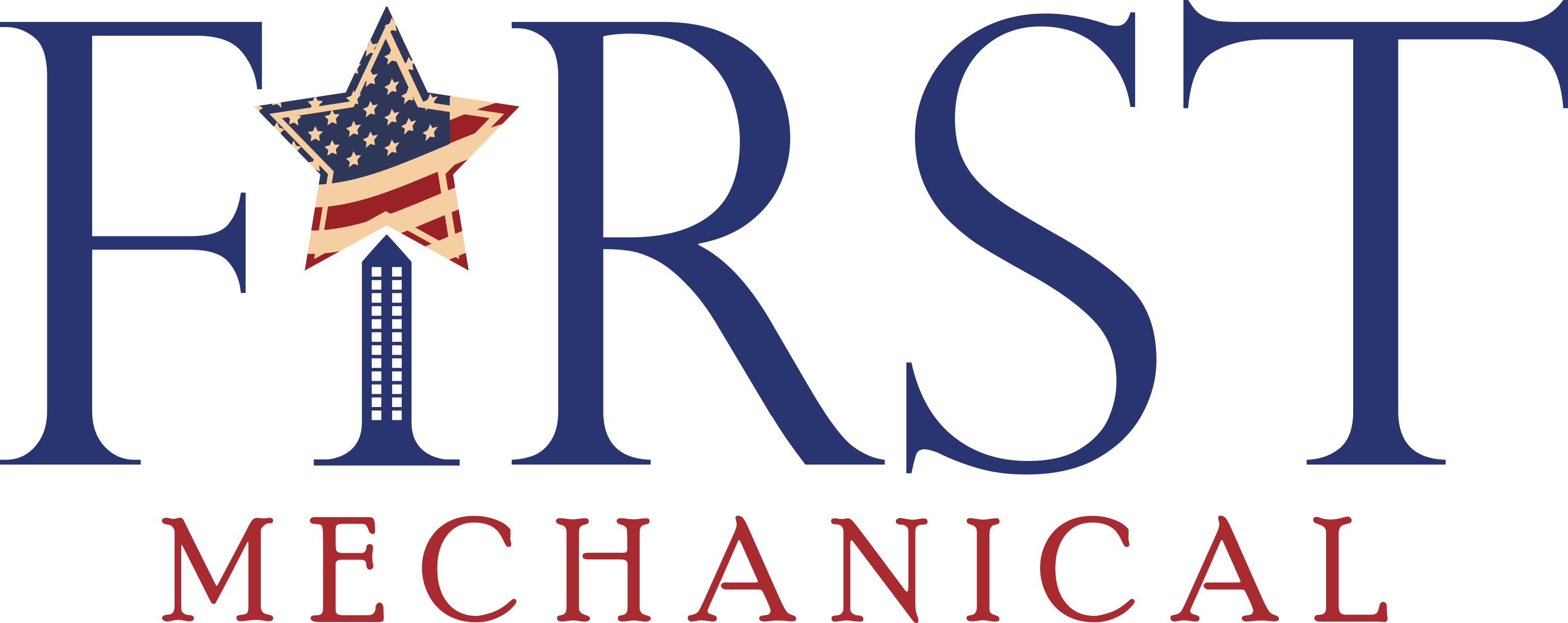






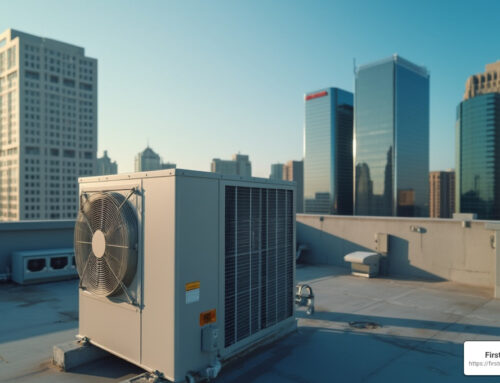
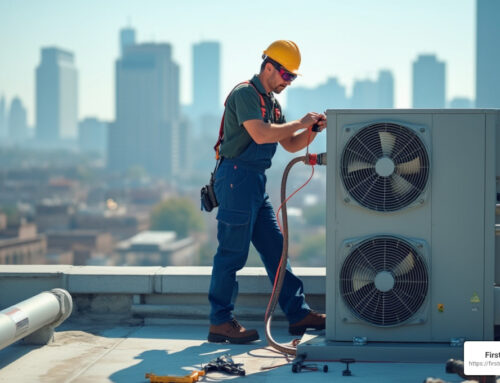
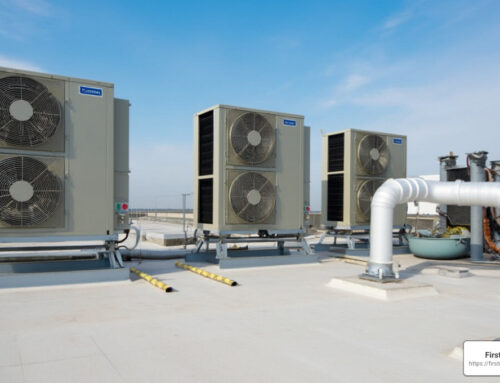



Lorem ipsum dolor sit amet, consectetur adipiscing elit. Mauris nec molestie turpis. Vestibulum sem est, lobortis eu feugiat vitae, ornare at est.